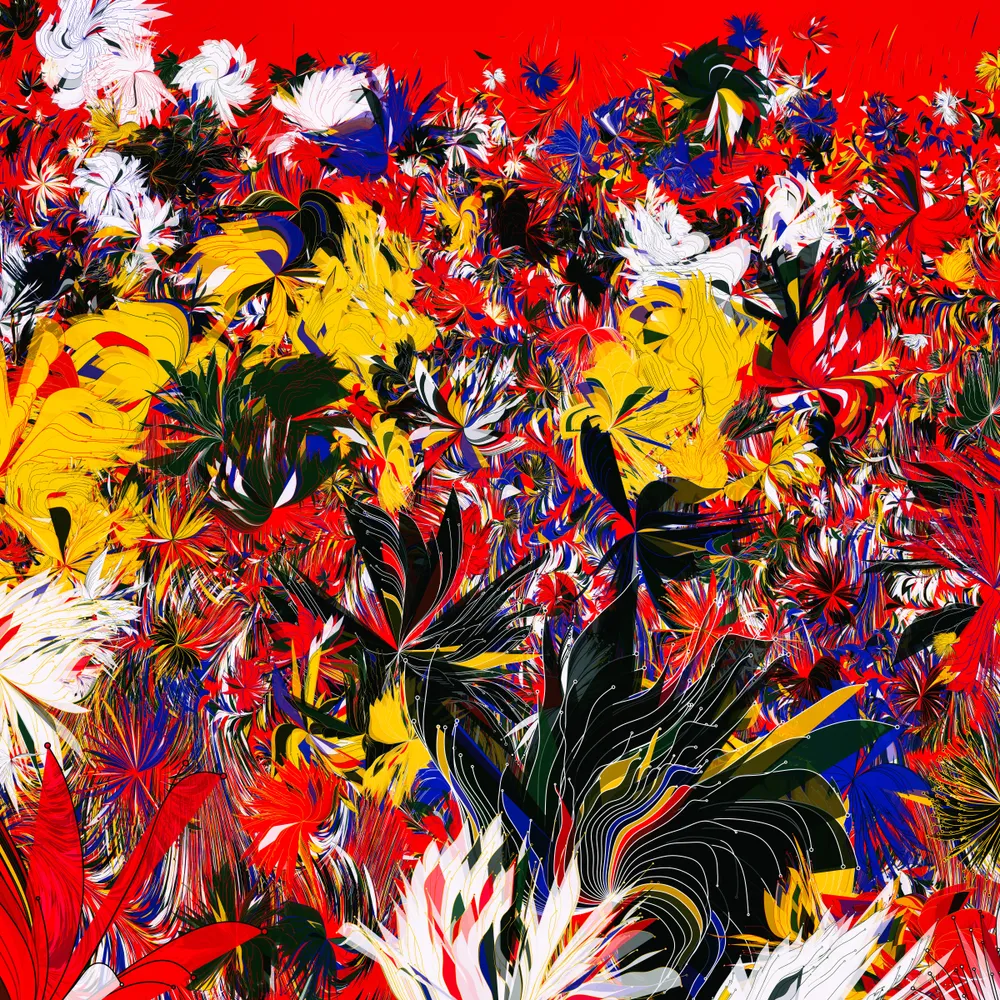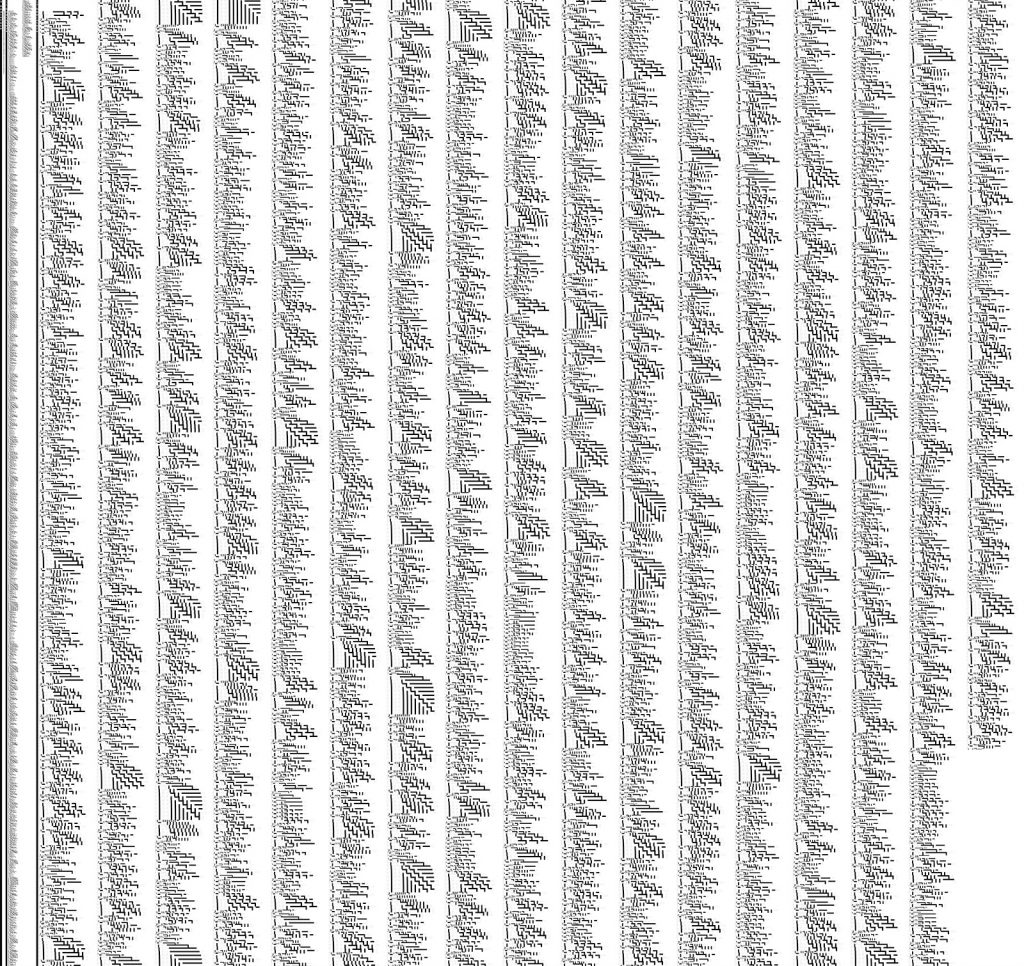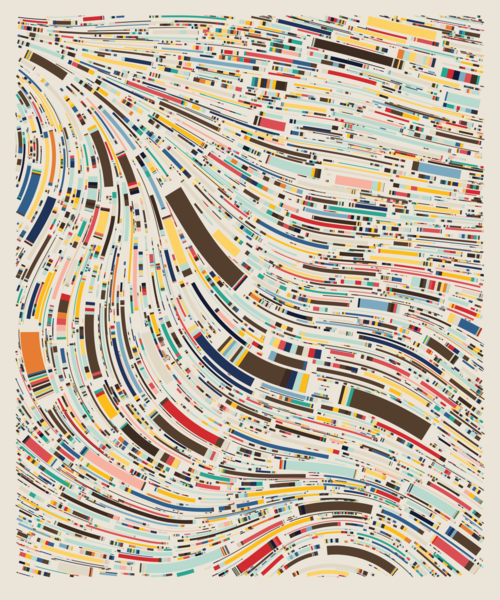Manolo Gamboa Naon is a creative coder from Argentina with a focus on generative visual aesthetics. Through the combination of image and video, he strives to discover the line between chaos and order. In his piece Manoloide, Last Flowers, he displays selections of different variations of black, red, yellow, white, and blue. The pieces look like acrylic paint lathered onto a canvas, giving the illusion of texture. The shapes are also flower-like and fragmented, with no shape repeating. Naon certainly achieves an organized chaos in his work, with the feeling of a pattern but no exactly repeating imagery. You can also see where the colors ever so slightly blend together to create fine lines.

![[OLD SEMESTER] 15-104 • Introduction to Computing for Creative Practice](https://courses.ideate.cmu.edu/15-104/f2022/wp-content/uploads/2023/09/stop-banner.png)




